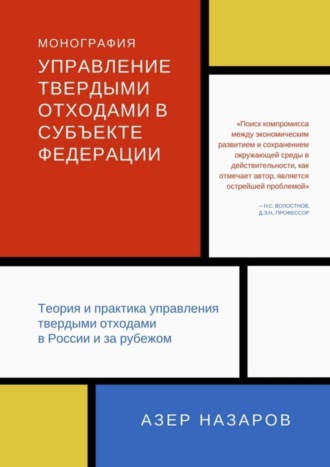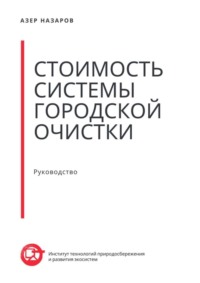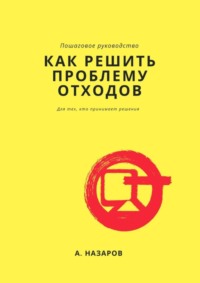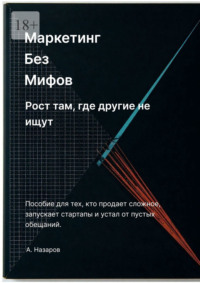
Полная версия
Управление твердыми отходами в субъекте федерации. Теория и практика управления твердыми отходами в России и за рубежом
7
«Municipal Solid Waste (MSW) refers to wastes arising from domestic, commercial, industrial, and institutional activities in an urban area. Municipal solid wastes encompass all those wastes that are neither wastewater discharges nor atmospheric emissions. A solid waste may be semi -solid, solid, or even a liquid, and is generally perceived by society as lying within the responsibility of the municipality to collect and dispose of it. Categories of municipal solid waste include: household garbage and rubbish, yard waste, commercial refuse, institutional refuse, construction and demolition debris, street cleaning and maintenance refuse, dead animals, bulky wastes, abandoned vehicles, and sanitation residues» [135].
8
«Municipal solid waste – all solid waste generated in an area except industrial and agricultural wastes. Sometimes includes construction and demolition debris and other special wastes that may enter the municipal waste stream. Generally excludes hazardous wastes, except to the extent that they enter the municipal waste stream. Sometimes defined to mean all solid wastes that a city authority accepts responsibility for managing in some way» [161]
9
«Understanding relationships among the key topics is a key element in successfully achieving integrated waste management – a single, overall approach to managing waste in a city, town, or region» [161]
10
«Integrated waste management is a frame of reference for designing and implementing new waste management systems and for analyzing and optimizing existing systems. Integrated waste management is based on the concept that all aspects of a waste management system (technical and non-technical) should be analyzed together…. WASTE management hierarchy is a key element of integrated solid waste management The waste management hierarchy is a widespread element of national and regional policy and is often considered the most fundamental basis of modern MSWM practice. The hierarchy ranks waste management operations according to their environmental or energy benefits. In virtually all countries, the hierarchy is …, with the first entries having higher priority than those below them» [161].
11
Применительно к России данная иерархия отражена в ст.3 ФЗ-89 от 24 июня 1998 «Об отходах производства и потребления» [17]
12
«A comprehensive municipal solid waste management (MSWM) system includes some or all of the following activities: • setting policies; • developing and enforcing regulations; • planning and evaluating municipal MSWM activities by system designers, users, and other stakeholders; • using waste characterisation studies to adjust systems to the types of waste generated; • physically handling waste and recoverable materials, including separation, collection, composting, incineration, and landfilling; • marketing recovered materials to brokers or to end-users for industrial, commercial, or small-scale manufacturing purposes; • establishing training programs for MSWM workers; • carrying out public information and education programs; • identifying financial mechanisms and cost recovery systems; • establishing prices for services, and creating incentives; • managing public sector administrative and operations units; and • incorporating private sector businesses, including informal sector collectors, processors, and entrepreneurs» [161]
13
Подробно перечень полномочий РФ, субъектов РФ и органов местного самоуправления в области обращения с отходами приведен в ст.5,ст.6, ст.8 ФЗ-89 от 24 июня 1998 «Об отходах производства и потребления» [17]
14
При этом, определяющее значение для данной модели технического кейса очевидно, что и отражено в самом перечне объектов. Это полностью не соответствует общепринятому пониманию термина «технопарк», в котором имущественный комплекс объединен с научно-исследовательскими институтами, объектами индустрии, деловыми центрами, учебными центрами, обслуживающими объектами, что в свою очередь ближе международному пониманию комплексности, замечания важность всех заинтересованных сторон и нетехнические аспекты их взаимодействия. На наш взгляд, это является существенным недостатком предложенной ФГУП Схемы.
15
Кроме министерств могут действовать и другие национальные природоохранные учреждения в сфере надзора за МСУО. Два таких примера: Федеральное Агентство охраны окружающей среды Нигерии и Экологический совет Замбии.
16
При этом, однако, следует иметь ввиду, что инструменты применимые в отношении крупных и малых городов традиционно сильно отличаются. В мировой практике существует также понятие «вейст-менеджмент больших городов» и «вейст-менеджмент малых городов» [166, 174,178], что в российской практике соответствует численности в 750 000 человек и менее соответственно (согласно типологии городов United Nations Population Division in the Department of Economic and Social Affairs of the United Nations Secretariat (New York) [181]). Также отдельно выделяют «вейст-менеджмент сельских территории» [165].
17
Здесь и далее под регионом понимается федеральный округ РФ [134]. Эта классификация представляется наиболее приемлемой еще и потому, что учитывает фактор распределения финансовых потоков в рамках бюджетных отношений между округами и федеральным центром в соответствии с методом программно-целевого управления.
18
Для удобства анализа представим полученные в ходе исследования данные в виде таблиц, отражающих показатели по каждому из субъектов РФ. При этом, важно также учитывать региональную специфику экономического развития, основные показатели которого отражены в материалах Минрегионразвития РФ также приводимых здесь [113, 131, 132].
19
см. Приложение А
20
см. Приложения А









